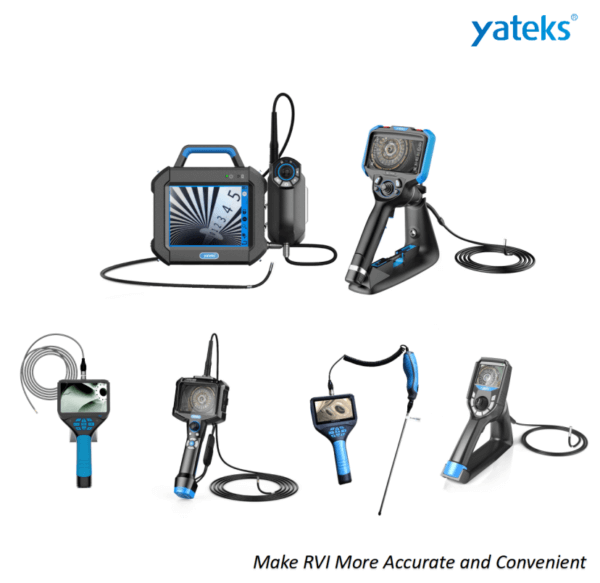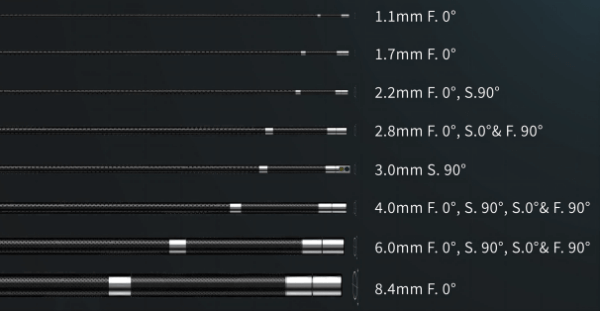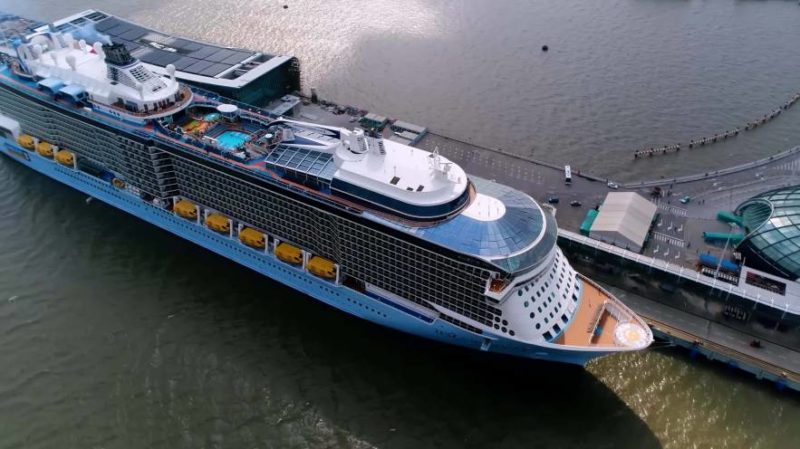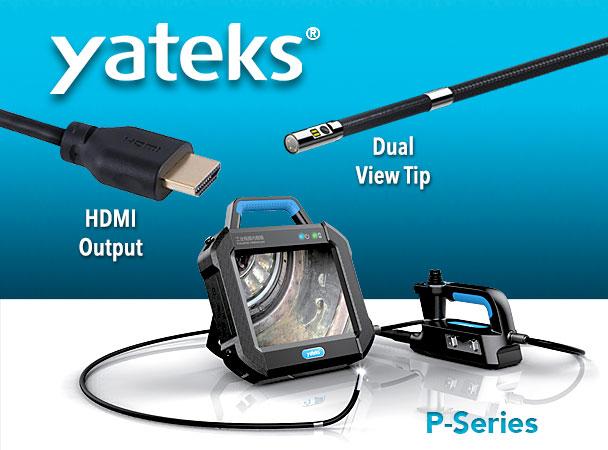Industrial borescopes are often used in ship inspection for their ability to access and visualize hard-to-reach areas. Here are some common applications of industrial borescopes in ship inspection:
- Hull inspection: Industrial borescopes can be used to inspect the internal condition of the ship’s hull, including areas that are difficult to access or visually inspect. The borescope’s flexible insertion tube can be navigated through small openings or passages to check for corrosion, cracks, weld defects, and other structural issues.
- Engine inspection: Borescopes are used to inspect the internal components of ship engines, such as cylinders, pistons, valves, and bearings. By inserting the borescope into the engine through existing openings, inspectors can visually assess the condition of these vital components and identify any signs of wear, damage, or fouling.
- Pipe inspection: Ship systems involve an extensive network of pipes for various purposes, such as fuel, cooling, and hydraulic systems. Industrial borescopes can be utilized to inspect the internal condition of these pipes, looking for blockages, leaks, corrosion, or any other issues that could affect their functioning.
- Tank inspection: Ships have various tanks for fuel, ballast water, and other liquids. Industrial borescopes can be used to inspect the interior surfaces of these tanks for corrosion, sediment buildup, or any other signs of degradation that may require maintenance or repair.
- Electrical system inspection: Borescopes with an articulated tip or side-viewing capabilities can be employed to inspect electrical components or wiring in hard-to-reach areas like cable trays, panels, or tight spaces. This helps identify any potential electrical hazards or damage.
By using industrial borescopes in ship inspection, inspectors can perform non-destructive visual inspections of critical components and systems, identify potential issues, and make informed maintenance and repair decisions. It also allows for more targeted and efficient inspections, reducing the need for disassembly or costly downtime.





